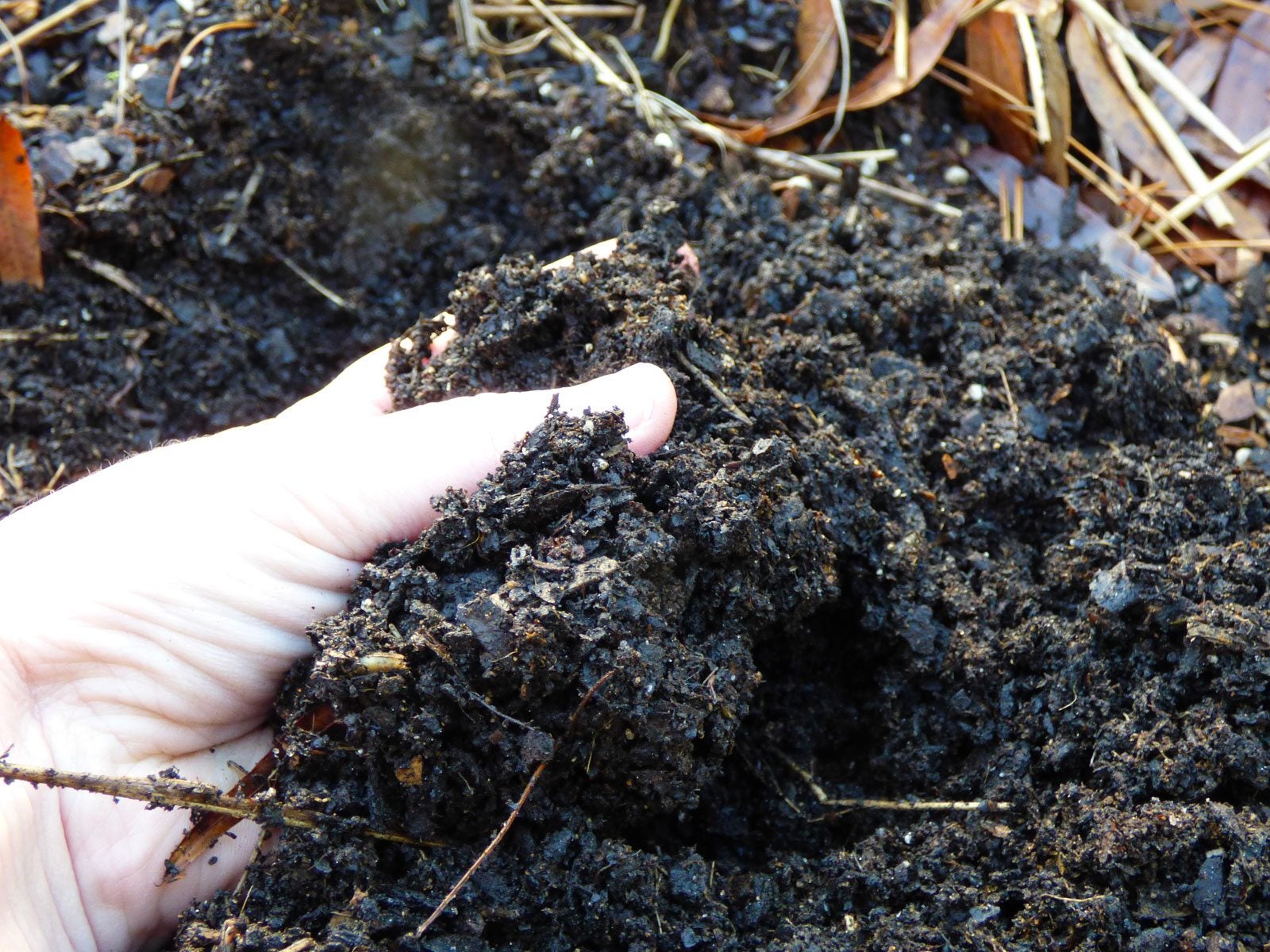What Does Well Drained Soil Mean: How To Get A Well-Drained Garden Soil


When shopping for plants, you have probably read plant tags that suggest things like “needs full sun, needs part shade, or needs well-draining soil.” What is well-draining soil though? This is a question I’ve been asked by many of my customers. Read more to learn the importance of well-drained soil and how to get well-drained garden soil for planting.
What Does Well-Drained Soil Mean?
Simply put, well-drained soil is soil that allows water to drain at a moderate rate and without water pooling and puddling. These soils do not drain too quickly or too slowly. When soil drains too quickly, the plants do not have enough time to absorb the water and can die.
Likewise, when the soil does not drain quickly enough and plants are left in pooling water, their oxygen intake from the soil is reduced and the plants can die. Also, plants that are weak and suffering from insufficient watering are more susceptible to disease and insect damage.
Compacted and clay soil can drain poorly and cause plant roots to sit too long in wet conditions. If you have heavy clay or compacted soil, either amend the soil to make it more porous or choose plants that can tolerate wet areas. Sandy soil can drain water away from plant roots too quickly. For sandy soil, amend the soil or choose plants that can tolerate dry and drought-like conditions.
Creating a Well-Draining Soil
Prior to planting anything in the garden, it helps not only to test the soil but to also test its drainage capabilities. Compacted, clay, and sandy soils all benefit from being amended with rich organic materials. It is not enough to just add sand to clay soil to improve drainage because that can just make the soil more like concrete. For areas with poor drainage to either extreme, too wet or too dry, thoroughly mix in organic materials such as:
Nutrient-rich, properly drained soil is very important for healthy plants.
Gardening tips, videos, info and more delivered right to your inbox!
Sign up for the Gardening Know How newsletter today and receive a free copy of our e-book "How to Grow Delicious Tomatoes".